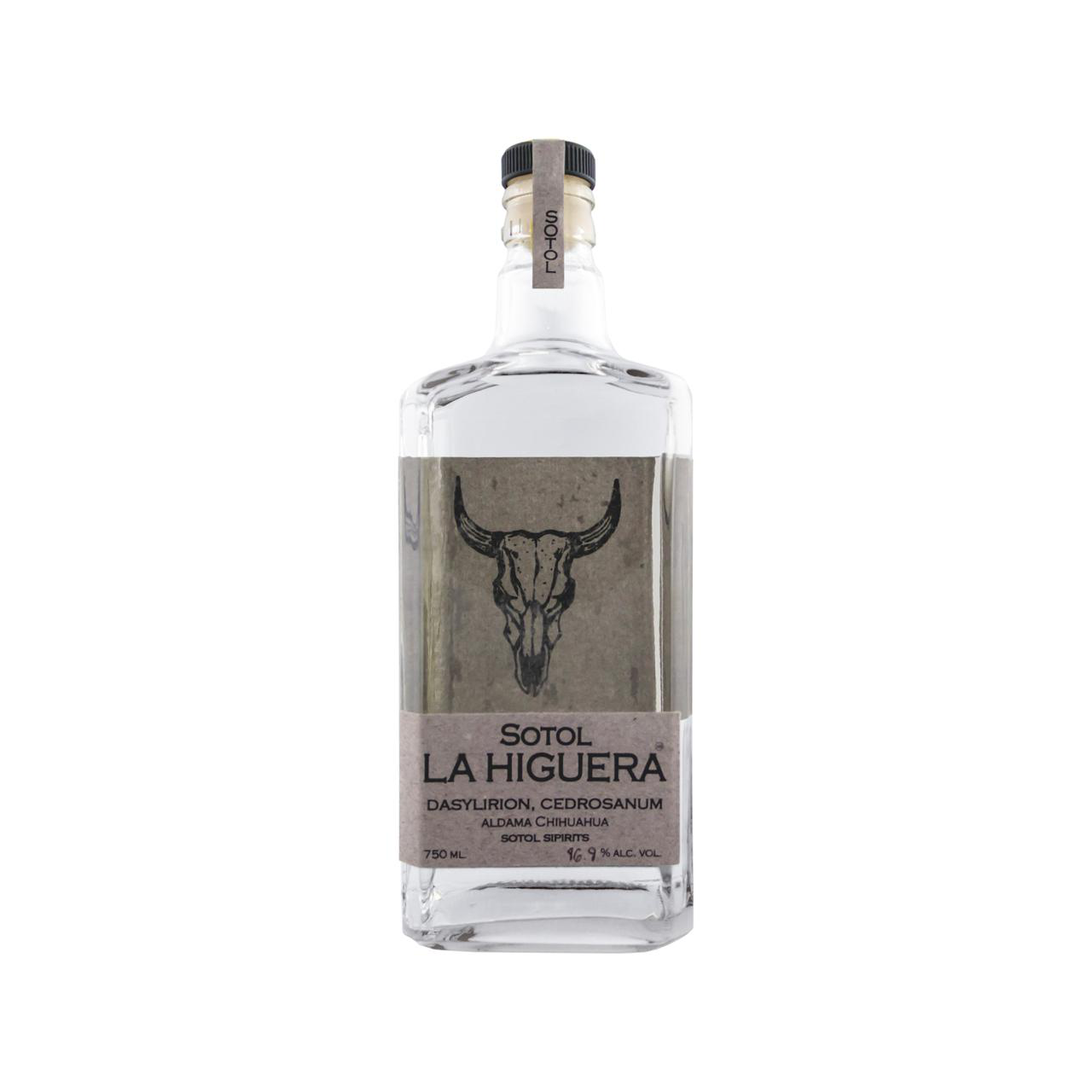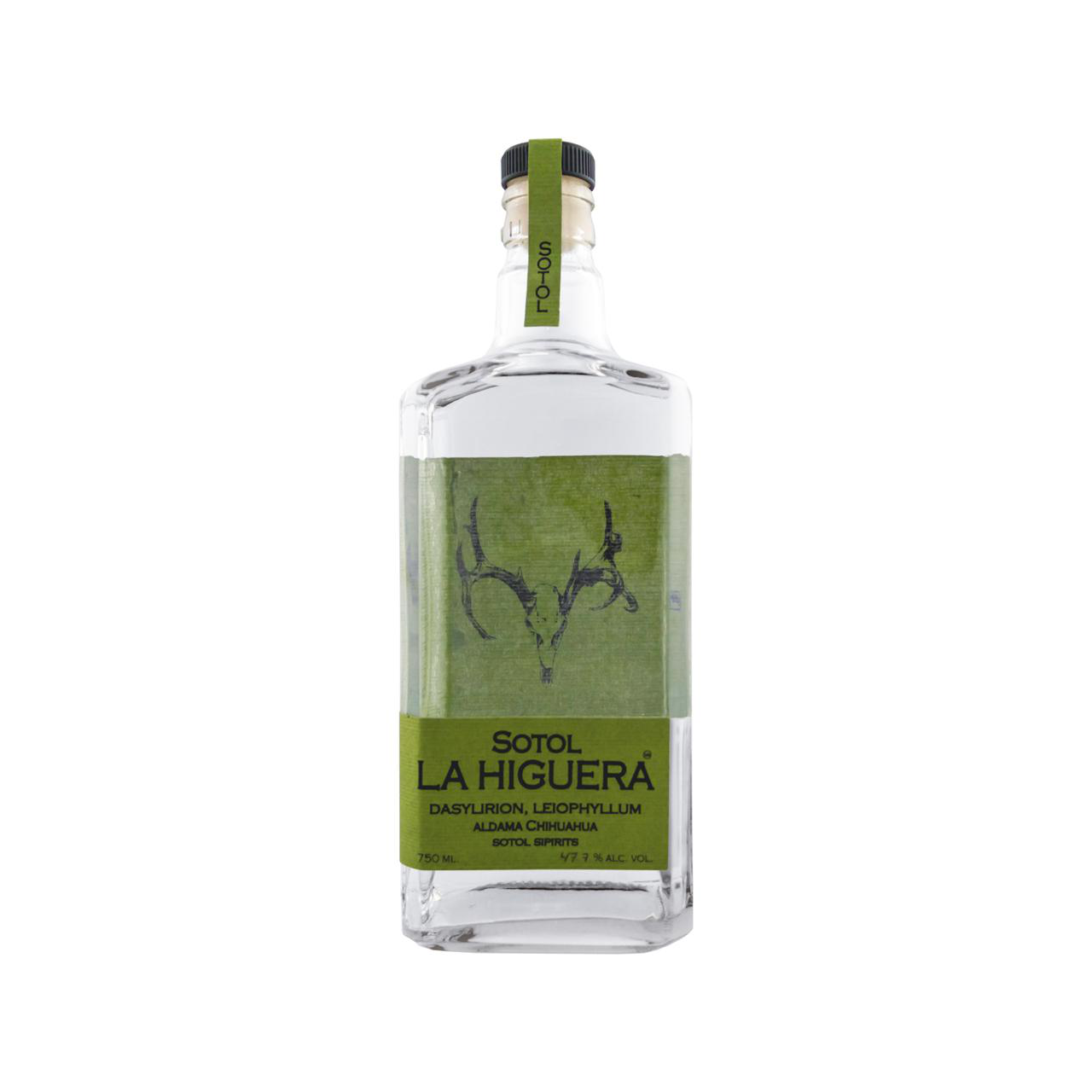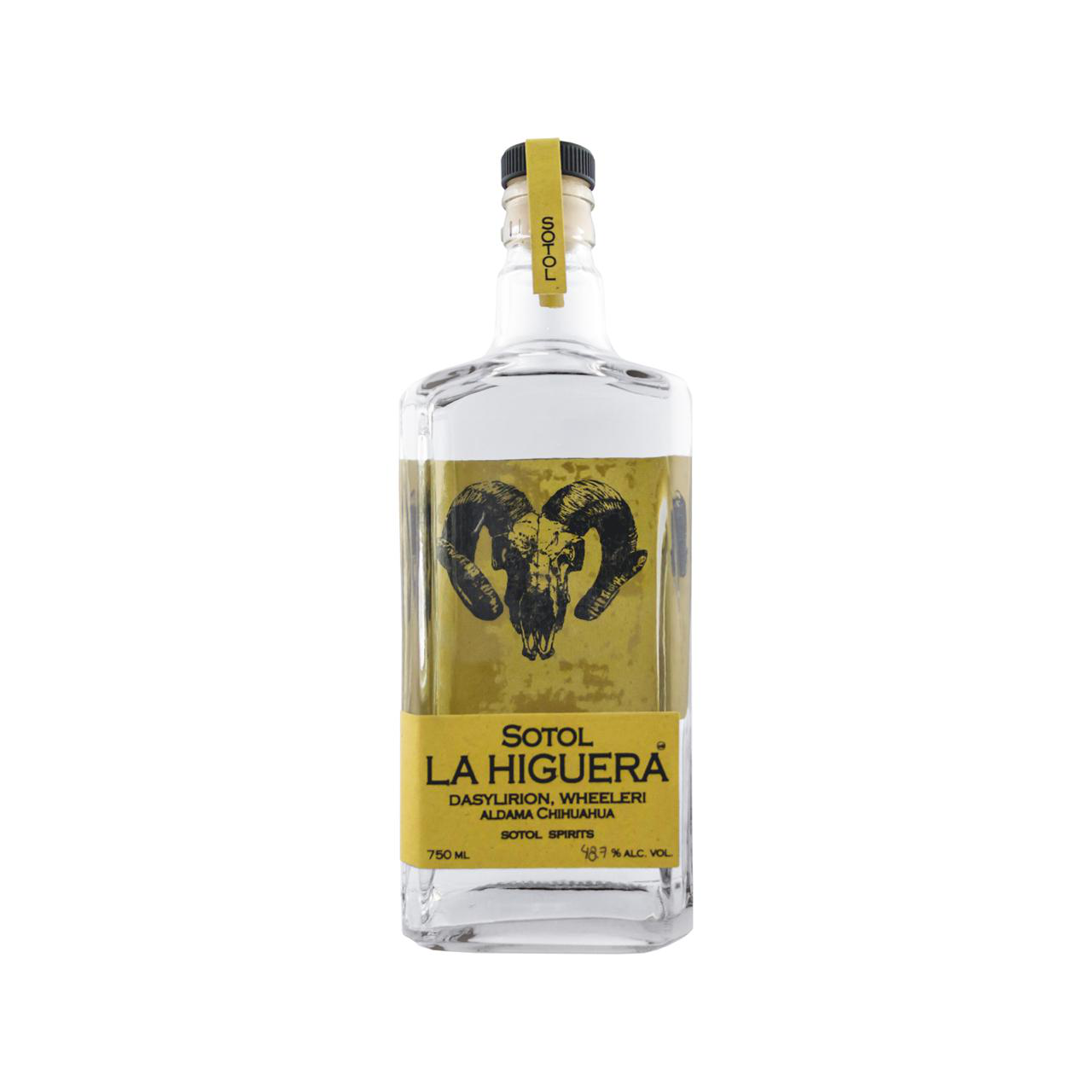Sotol as a spirit is made from a plant called Dasylirion, sometimes also referred to as the ‘Desert Spoon’, because its long leaves can be scraped and dried and used like spoons. From a layman’s perspective the plant looks very similar to an Agave, but from a botanical standpoint it’s very different. And although a Dasilyrion takes 10 to 15 years to reach maturity, much like many agave species, the Dasylirion flowers every few years and doesn’t die after flowering.
Native tribes from Chihuahua and Northern Durango have probably been making alcoholic beverages out of Sotol for over 800 years and when the art of distillation reached Mexico the next step to distill this beverage was a logical one. The way that all over Mexico people were distilling agaves to make what we consider historical Mezcal, the people who had access to Dasylirion treated the plant the same way. So they would roast the heart of the plant, crush it, ferment it and then distill this in small wooden or clay stills, resulting in a spirit that we would have considered Mezcal, except it isn’t made from Agave.
Sotol was outlawed by the Mexican government after gaining a bad reputation in 1950, but has reacquired its legal status in 1994. Only 8 years later Sotol received a protected status and a Denomination of Origin. Sotol can only be produced in the states of Chihuahua, Durango and Coahuila. Because Sotol can grow very well in the Texan desert, American producers have started producing Sotol as well, calling it Texan Sotol. This is sparking heated debates about cultural appropriation and the effect of a Denomination of Origin as Sotol can only be produced in three states within the Mexican border.
So how is Sotol made nowadays? Producers of Sotol are called Sotoleros and can use a wide variety of techniques to produce Sotol. Within Sotol we are now also seeing differences in Industrial, Artisanal and Ancestral styles of production, similar to the rules and differences in Mezcal production.
Industrial Sotol is the easiest and quickest way to produce Sotol. After harvesting the Dasylirion, the core of the plant needs to be cooked. This can happen in a big pressure cooker such as an autoclave. After cooking, the core will be shredded mechanically and its juice fermented. Fermentation is allowed to happen naturally, but also controlled. For industrial Sotol this fermented liquid can then be distilled in a column still or copper pot.
Artisanal Sotol follows the same principles as Artisanal Mezcal. Meaning that after harvest, the heart of the plant needs to be cooked in either a pit oven in the ground or in a stone brick oven. The crushing of the heart needs to happen either mechanically or with the use of a traditional Tahona, a stone wheel on its side. Fermentation has to happen naturally. Distillation has to happen in a copper pot still, or wooden or clay style stills.
Ancestral Sotol is the most time consuming way of Sotol, but the way that is closest to how Sotol would have been made historically. After harvest, the heart of the plant has to be cooked in a pit oven in the ground. The crushing cannot be done mechanically, but has to happen either by hand and mallet, or with a Tahona. Fermentation of the liquid then has to happen naturally and has to include the fibers of the plant. Distillation can only be done in small wooden or clay stills.
The resulting product, Sotol, closely resembles agave spirits such as Mezcal or Raicilla. However, because it’s made from a different type of plant the taste is slightly different than what we can expect from Mezcal. Sotol tends to be a bit fresher and funkier and has a lot more vegetal notes. And even though technically it isn’t an Agave spirit, commonly we group it within this category.



